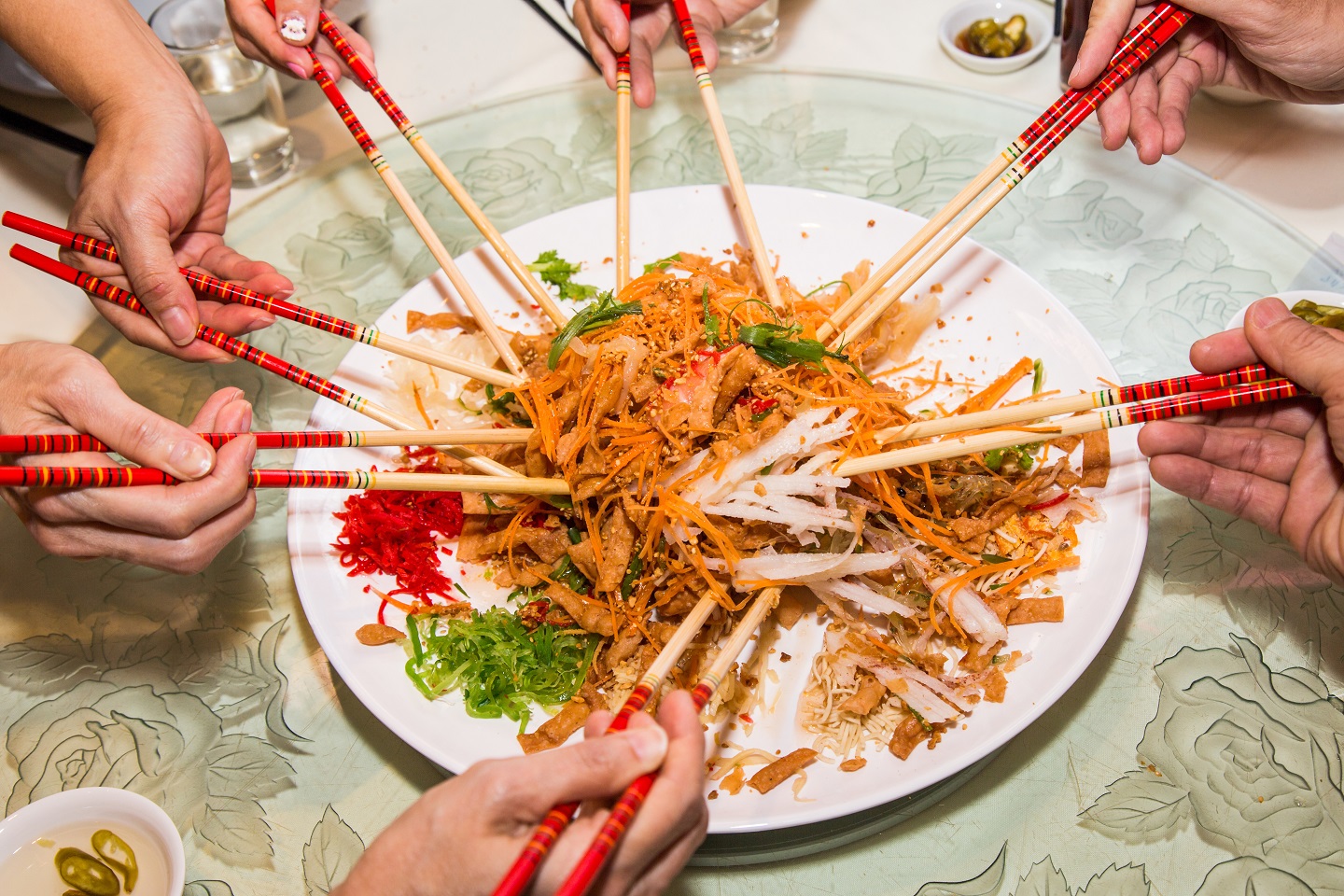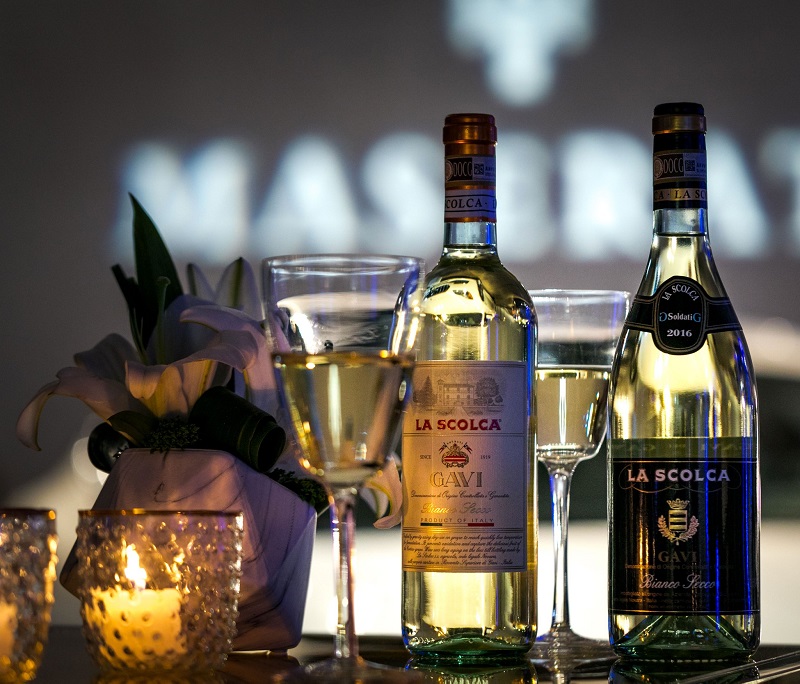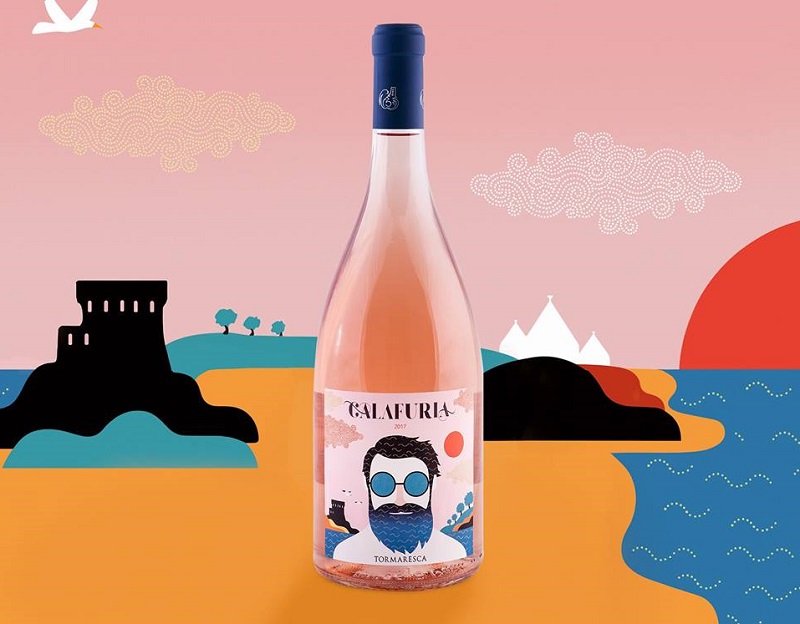
It is more than possible to mix and match anything that is edible and/or drinkable.
At first sight, pairing wines with Chinese New Year dishes may seem like a far-fetched idea but as many notable chefs have demonstrated, it is more than possible to mix and match anything that is edible and/or drinkable. So, here are a few tips on how to enter the Year of the Boar with a bevvy-induced bang and impress your favourite uncle and most-loved auntie at the same time.
One way to make life infinitely easier is to ignore the pressure to pair each course of the festive banquet with a specific wine. Instead, stick to two flexible varieties. I would recommend a dry white and rosé. They can accompany some of the traditional delicacies like Yee Sang, roast chicken, steamed fish, braised abalone, waxed duck, braised pork, Poon Choi and even bak kwa most respectably. Also, when choosing wine, break your choices into two very general categories: dishes that contain fish and dishes that have a meat base. The first group will include steamed fish and braised abalone. The second, roast chicken, braised pork, bak kwa and waxed duck. Yee Sang and Poon Choi technically form a category of their own but I will throw them into the proverbial meat pot for wine-matching purposes.
White wine
My chosen varietals this festive season would be Gavi (or Cortese di Gavi), a white wine with a nice body and a fresh taste, and Vermentino, a wine with more herbal aromas. Both wines are light to medium-bodied with a dry neat taste that does not overwhelm the flavours of the dishes.
Gavi is produced in an area comprising 11 towns between the city of Alessandria in the northern Italian region of Piedmont and the coastal region of Liguria. Made from the Cortese grape, a variety that dates back more than 400 years, Gavi has a light yellow colour, a floral bouquet with hints of fresh fruit, and a taste of bitter almond on the finish.
My pick is a 2017 Gavi DOCG La Scolca (DOCG: Denominazione di Origine Controllata e Garantita — controlled and guaranteed denomination of origin, the highest seal of guarantee on an Italian wine). Gavi La Scolca is produced using traditional vinification techniques with controlled temperature to maintain the structural qualities of the wine. Light straw in colour, this wine has a pleasantly fresh nose and is very dry on the palate with some bitter notes on the finish. The dry taste makes this wine a good accompaniment to white fish, seafood and vegetables as well as white meats. The almond bitter finish is also a good counterbalance to the sweet taste of the fattier meat dishes.

The other white wine is a Vermentino di Gallura. Located in the northeastern part of Sardinia, Gallura is a region with a rugged coastline and pristine beaches that include Costa Smeralda, the abode of the rich and famous. The terrain, rich in minerals and potassium, is perfect for Vermentino, a white grape that is said to have been cultivated in the area under the name of Arratelau since it was “imported” from Genoa (which, at the time, was a separate country) in the 14th century.
Vermentino wine has a yellow straw colour and a refreshing taste with scents that are delicately fruity or, at times, minerals that reflect the influences of the granitic terrain where the grape is grown. It gained the coveted DOCG designation in 1996.
I tried a Vigne Surrau 2017 DOCG Superiore Sciala, which has intense aromatic features and is fermented in steel tanks at a controlled temperature of around 16°C to 18°C. This medium-bodied wine has a whiff of saline to the taste with minerality on the finish. Vigne Surrau is best served chilled, so break out your ice and keep it cold. An ideal match for fish and seafood dishes, it also goes well with white meat.
Rosé wine
A quick note about rosé wines. Unlike what many people think, rosé wines are not a blend of white and red wines. Rosé is mainly made by crushing the black-skinned grape and leaving the skins in the juice for a period of time that can vary from a few hours to several days. The mush is then pressed and the skins are thrown away. The colour ranges from light pink to cherry red and it depends on how long the skins are left with the juice, while flavour is greatly influenced by the type of grape used. Rosé wines, you will discover, make a great partner for surf ‘n’ turf dishes like Poon Choi and Yee Sang.
My choice is a 2017 Salento Calafuria Rosé Tormaresca, which is made from negroamaro grapes grown in the Salento area of Apulia, the heel of Italy. Negroamaro, which means black (negro) and bitter (amaro), is a grape that may have been brought from Illyria (the western part of the Balkan Peninsula) more than 2,500 years ago. The 2017 Calafuria has a peony-pink colour and a delicate aroma of pomegranate and grapefruit with notes of violet. When you drink it, a crescendo of flavours permeates the mouth with an aromatic finish. This wine is ideally served at around 10°C and is perfect for hot and humid climates.
Still not totally sold? Remember, the secret to a successful outcome is common sense, personal tastes and a bit of courage. So, be bold and good luck! Oh, and Gong Xi Fa Cai!
Francesco Alberti is a journalist who used to work in Japan and Singapore with the Mainichi Daily News and in media distribution for Bloomberg. After over 25 years in Asia, he is now based in Italy and joyfully rediscovering the beauty of his hometown, Rome, and beyond. This article first appeared on Feb 4, 2019.



